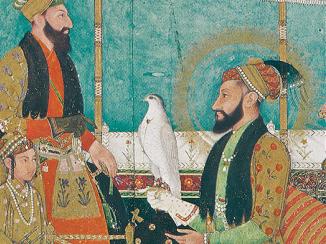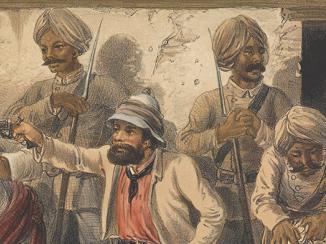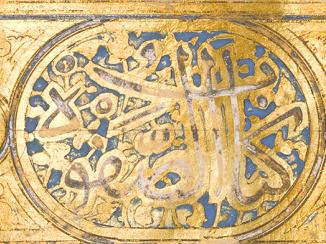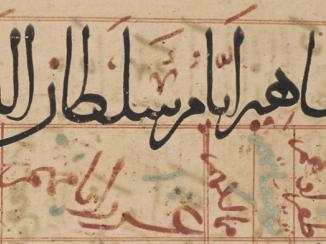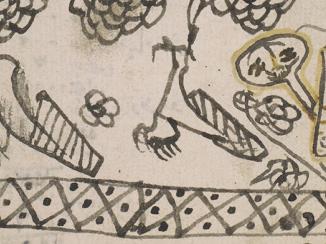Overview
Of the more than 200 Arabic scientific manuscripts now visible on the Qatar Digital Library, several bear the name of the book dealer Hajji Abdul Majid Belshah. Purchased by the British Museum between 1915 and 1920, they include important works on medicine, astronomy, astrology, and mathematics.
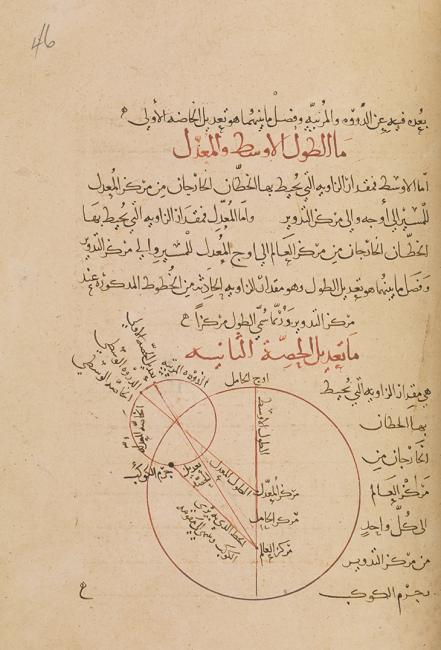
Belshah’s significant contribution can be seen not only in the Arabic manuscript collections now in the British Library, but also in the Persian and Turkish holdings.
Belshah and the British Museum
The Library’s historic acquisition registers show regular purchases from Belshah between 1909 and 1922. These archives also contain a letter dated 29 October 1919 written by Lionel Barnett, Keeper of the Department of Oriental Printed Books and Manuscripts, in which he ‘most strongly advise[s]’ the Trustees of the British Museum to purchase a lot of 370 Arabic and Persian manuscripts recently offered by Belshah for the sum of £1200.
Barnett spares no praise in his description of the collection’s breadth, rarity, and high literary, historical, and palaeographical quality, stating that ‘every single manuscript in it would itself be a valuable accession to our library […] its acquisition would make our Arabic and Persian collections by far the richest in Europe.’
He also takes care to point out the bargain that had been offered: ‘This magnificent collection, which would be cheap at £5000, is now offered to the Trustees at a cost of less than £3 for each manuscript.’ Barnett’s excitement is palpable as he goes on to describe the sale as an ‘exceptionally advantageous offer […] the opportunity almost of a lifetime’. The Trustees, evidently, were convinced and the sale went through. Many of the volumes purchased by the Museum are recorded in a hand-list published in 1922.
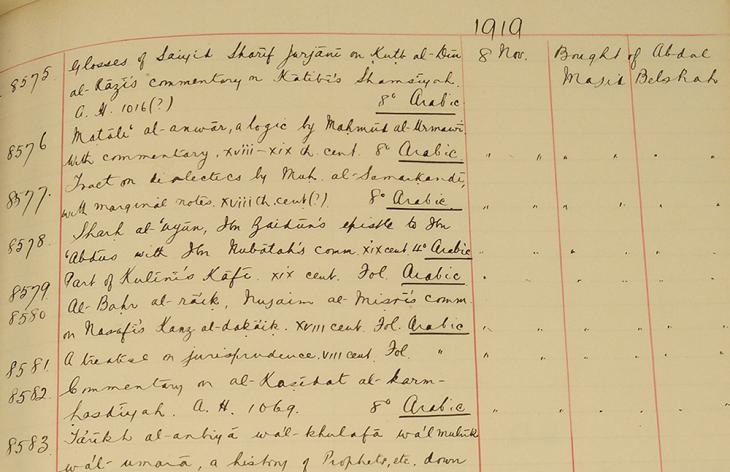
Moreover, the lot acquired by the Museum was not even Belshah’s entire stock; the Persian scholar E. G. Browne’s catalogue of his private collection records several ‘divisions’ (i.e. sales by agreement) of Belshah’s collection that took place at the British Museum over the course of 1919 and 1920. Browne’s catalogue lists at least 100 manuscripts obtained from Belshah, mostly during these ‘divisions’, and many of these were later described as being among Browne’s ‘choicest treasures’ (p. xvii).
According to Barnett, the reason for these exceptional events was Belshah’s desire to return to Baghdad ‘for family reasons’. However, he never left London, but continued occasionally to sell manuscripts to the Museum until his unexpected death in 1923.
So, who was this individual, whose choices and interests as a dealer had such a lasting impact on the British Library’s collection?
Belshah: Travelling Empires
Born in Ottoman-controlled Baghdad around 1873, Belshah migrated to Berlin as a young man, but was in London from at least 1904. He frequently returned to the Middle East, both for business and to accompany British travellers and diplomats. In 1908-09, he made the pilgrimage to Mecca and Medina with a young Englishman, Arthur John Byng Wavell, who had served in the British Army in East Africa and spoke Arabic and Swahili. Following the infamous example of Sir Richard Burton, Wavell completed the voyage in disguise, passing as a Zanzibari named Ali bin Mohammed. Wavell, who recorded the journey in a travelogue entitled A modern pilgrim in Mecca and a siege in Sanaa (1913), was knowledgeable about Islam and disgusted by the racist or ignorant attitudes of his European compatriots.
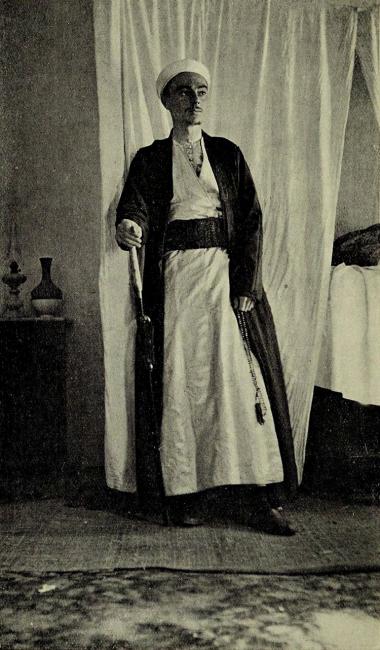
Wavell offers an insight into Belshah’s personality. Painting him as rather clownish, he drily describes him as ‘not cast in an heroic mould’ (p. 173). Under the pseudonym of Abdul Wahid, Belshah is portrayed falling off a donkey (p. 170), paralysed by seasickness (p. 36), and secretly gorging himself on macaroons in his hotel room during Ramadan (p. 43).
On one occasion, he applied kohl in such copious quantities that he ‘nearly blinded himself. He then tried to wash it out with a sponge, and thereby coloured the whole of his face a bright purple, which he spent the rest of the day trying to scrape off’ (p. 92). Wavell depicts Belshah as an unscrupulous chatterbox, mentioning – rather approvingly – his ‘long tongue, […] talent for introducing himself and for making friends with all and sundry […he] is beside a most fluent liar’ (p. 205).
Wavell’s account also sheds light on Belshah’s business model. In Medina, Belshah bought manuscripts ‘at an extravagant price, in hopes of selling them in Europe for a still more extravagant price’ (p. 79). During the pair’s second adventure together, this time to Yemen in 1911, Belshah assumed the persona of a ‘learned antiquary who had come there to buy books’ (p. 210).
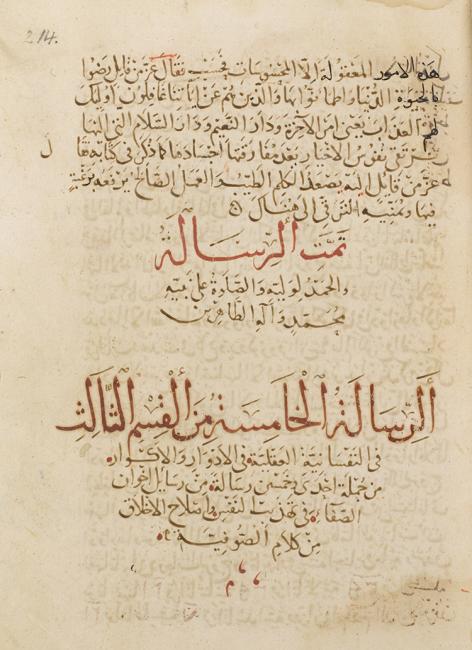
Life in London: Arabic lecturer and interpreter for the India Office
During World War I, Belshah worked at the War Office censoring Arabic and Persian correspondence and became a go-to figure when Arabic language skills were required for governmental diplomatic encounters. When the School of Oriental and African Studies (SOAS) opened in 1917, he became its ‘Lecturer in Mesopotamian Arabic’, despite a lack of formal academic credentials.
Belshah also appears in the India Office The department of the British Government to which the Government of India reported between 1858 and 1947. The successor to the Court of Directors. Records digitised for the QDL. Many colonial officers, like the diplomat Claudius James Rich, were also avid private collectors of cultural artefacts, including manuscripts, and so the history of Britain’s Arabic manuscript collections frequently overlaps with that of its imperial project.
Belshah appears, for instance, as a minor character in the story of a State Mission to Britain led by the son of the Shaikh of Bahrain. In a draft letter, the Secretary of State for India writes demanding redress for expenses incurred during the visit. With bureaucratic outrage, he complains of the ‘lack of liaison between the Political Officer attached to the Mission and the [Government Hospitality] Fund’ (IOR/L/PS/10/850/1, f. 124r) and the consequent failure to agree in advance on who should bear responsibility for the organisation and expenses of this trip. The delegation had stayed for twice the expected length of time, incurring large hotel bills and credit on the account of ‘Messrs. Thos. Cook and Son’.
Now teaching at SOAS, Belshah had been contracted as an interpreter for the guests, and responsibility for his payment was also being disputed. The files do not inform us about the success of Belshah’s interpreting, but eventually the India Office The department of the British Government to which the Government of India reported between 1858 and 1947. The successor to the Court of Directors. produced his payment, ‘in order that Mr. Belshah might be put to no pecuniary loss himself’.
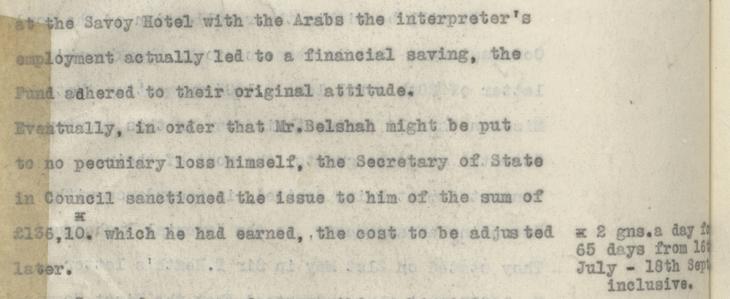
Belshah’s most high-profile mission took place in 1920, at a moment of crisis for British-mandate Mesopotamia, when he accompanied Sir Percy Cox as the latter took up the post of High Commissioner of Iraq.
Legacy
Despite Arthur Wavell’s comic characterisation of Belshah, it is evident that his knowledge as a collector and dealer of manuscripts was greatly respected. As related in his obituary, published in the SOAS Bulletin, ‘many a precious treasure of Arabic and Persian literature or caligraphy [sic] owe their inclusion in English public or private libraries to the Hajji’s skill as a collector’ (p. 211).
Hajji Abdul Majid Belshah lived a picaresque life in the margins of British academic and imperial interests in the Middle East. Occupying a unique niche in early twentieth-century London, he was a go-to diplomatic interpreter, daring traveller, Arabic teacher to a generation of young colonials, and reputable dealer of Oriental manuscripts. His adventurous personal life and times paint a portrait of a varied identity: Muslim, Ottoman, and British; teacher, scoundrel, fool, and ‘dear friend’ who ‘enjoyed nothing so much as a joke at his own expense’.


